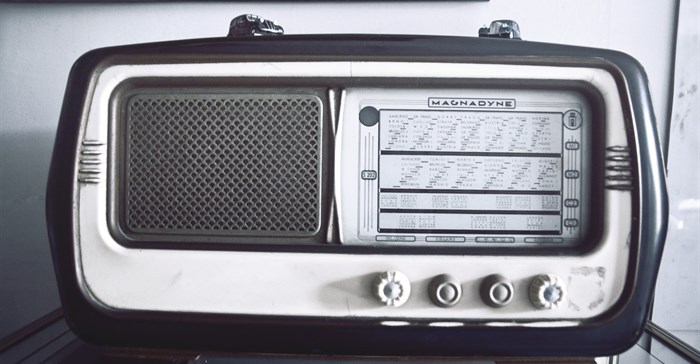
Top stories




Radio was – and still is – a crucial communication medium in small communities, giving citizens who might not have access to the internet an important platform to add their voice to public debate and to stay informed on current affairs. So too in this age of over-communication – radio makes sense of the chaos.
People will always love radio. In a way, it was the very first form of social media. It united us around music and common interests and helped us to feel connected to other people. Our loyalty to radio is ingrained.
And so, as we celebrate World Radio Day on 13 February, it’s worth considering radio’s crucial role in a brand’s integrated marketing strategy, especially as radio itself has reinvented itself time and again – evolving into today’s ultimate multi-channel communication medium, making it more important, as a marketing tool, than ever before.
The latest Broadcast Research Council of South Africa’s (BRC’s) Radio Audience Measurement (RAM) data proves that radio is alive and well in South Africa.
For the six months to December 2016, nine out of 10 adults (aged 15 and over) tuned into radio for an average of four hours a day, across all provinces.
Today, South Africa has 39 commercial and 233 community radio stations. More than 38.3 million listeners tune in – 60% of them living in rural areas – making radio the most consumed form of media in the country.
Radio gives brands access to a massively broad audience, while still being able to target very specific groups of people, like Sesotho or Swati speakers, or people living in certain communities. And because 64% of listeners only listen to one radio station, brands are guaranteed access to a specific demographic.
Listeners are not only tuned in during the popular morning and afternoon drive shows. RAM data shows that radio has high engagement during office and lunch hours, meaning a perfectly-timed advert could very well drive sales of a lunch special at the local eatery.
Another important development in radio is that it is fast becoming a digital-first medium and, as with every other industry, radio has had to embrace new technologies to remain relevant in the always-connected, fast-paced digital world.
While three-quarters of listeners still tune in via radio sets in their homes or cars, a third listen to their favourite stations on their phones and more people are listening on the go, via mobile apps and streaming audio, making radio the all-the-time channel of choice for South Africans.
Radio stations are extending their reach into other platforms, becoming multi-channel communicators in their own right.
They’re creating and publishing content of important conversations, allowing consumers to listen when it’s convenient for them. They’re repurposing their news content for their websites, leveraging their reputation as trustworthy news sources to access diverse audiences online. This cutting-edge content keeps listeners hooked from in the car to constantly in my hand mobile.
They’re creating loyal, massively engaged communities on social media, where fans and followers interact with their content in new ways. Listeners have committed relationships with radio, not only allowing them into their homes and taking them along on commutes but also choosing to see them on their social media newsfeeds and telling their friends about them. On-air personalities have become influencers in their own right, making radio stations more human and accessible than they ever have been.
Combined, this is marketing gold. Radio allows brands to reach a much wider audience, generating what we call ‘frequency of exposure’ for advertisers. And possibly the best part about radio advertising is that there is very low ad avoidance. Unlike internet radio, which gives listeners the option to skip an advert, few people will turn off the radio or switch channels during ad breaks.
Clearly, brands who ignore radio as part of their integrated marketing and advertising strategy do so at their peril. Radio has never been more important as a way to reach an engaged, always-listening audience. With well-timed adverts and a solid targeting strategy, brands will see a better return on their radio investment than they were expecting. Challenge your media owners to come up with fresh integrated radio ideas for your brands this World Radio Day and you’ll thank us!
